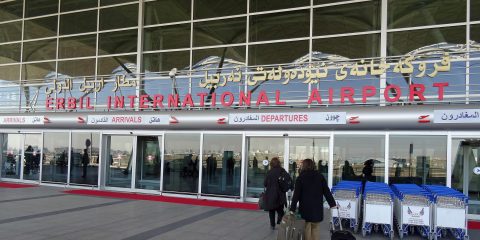For religious minorities targeted by ISIS, new schools and clinics. But where are the people?
More than two years after Islamic State militants were ousted from this ancient town in northern Iraq, only one man has returned. He lives in the wreckage of a house that has enough of a ceiling to protect him from the winter rains, with four or five stray dogs at any time for company. In […]Tamer El-Ghobashy writes for The Washington Post:
More than two years after Islamic State militants were ousted from this ancient town in northern Iraq, only one man has returned. He lives in the wreckage of a house that has enough of a ceiling to protect him from the winter rains, with four or five stray dogs at any time for company.
In the shadow of a church pocked with bullet holes, he survives on food donated by local security forces in exchange for performing an important task: keeping looters and vandals away from three newly renovated schools and a new medical center. Each has a sign in Arabic stating it was rebuilt through a partnership between the United Nations Development Program and the U.S. Agency for International Development.
Batnaya, once home to some 6,000 Chaldean Catholics, is a small but striking example of the enormous challenge facing the Iraqi government, United States and United Nations in rebuilding and repopulating areas devastated by the Islamic State occupation and the three-year war to rid Iraq of the militants.





